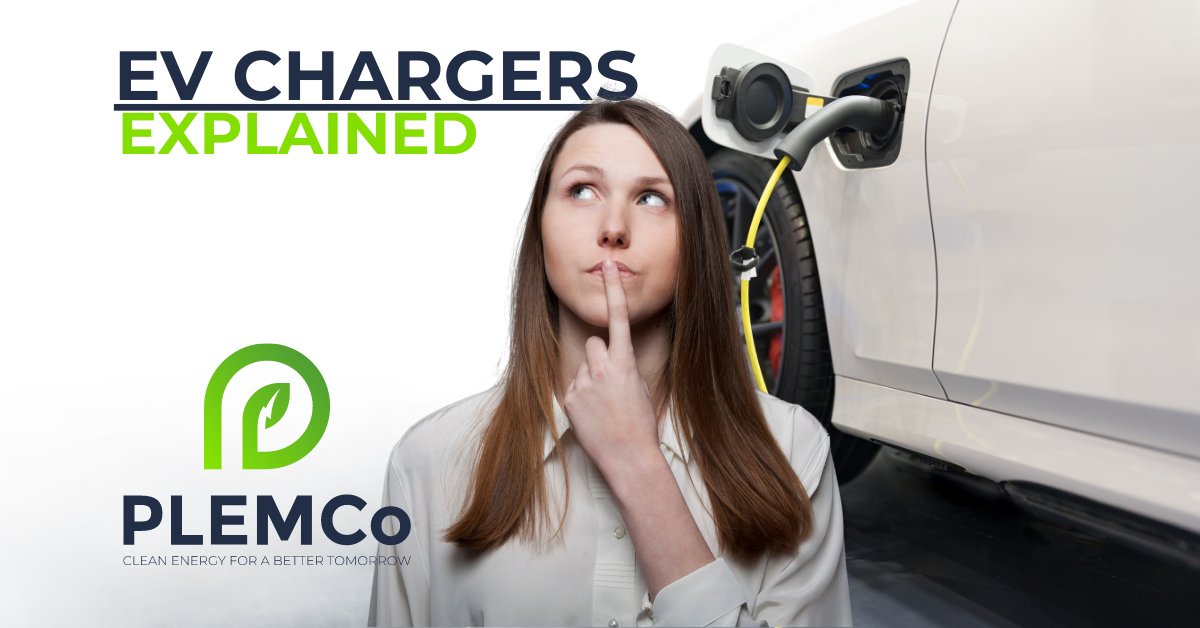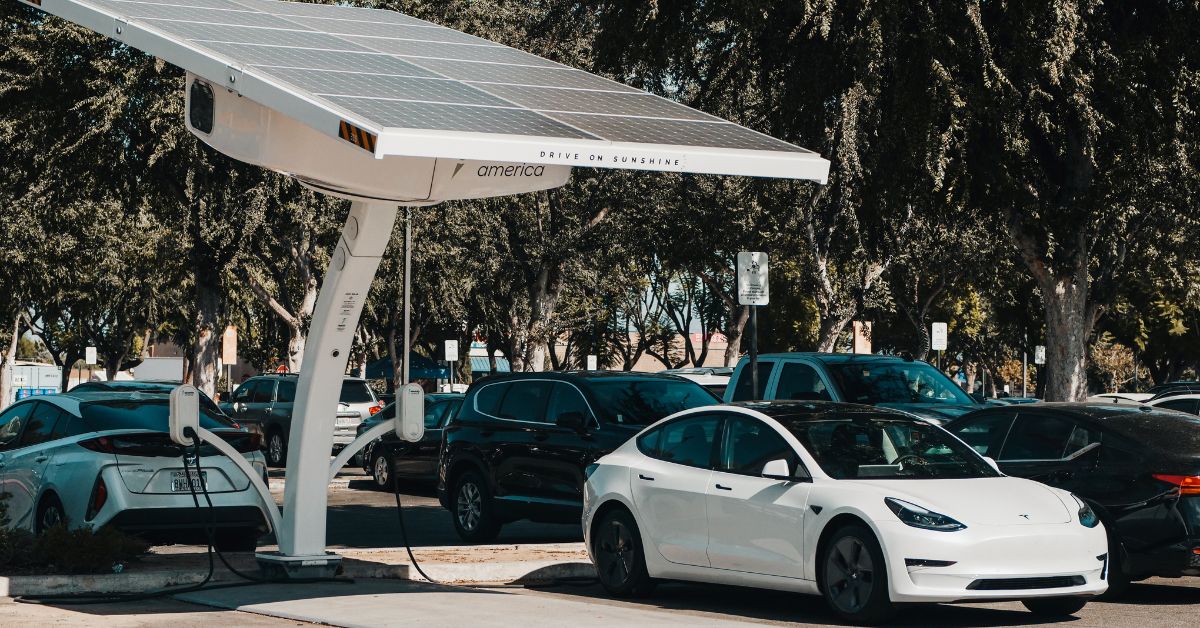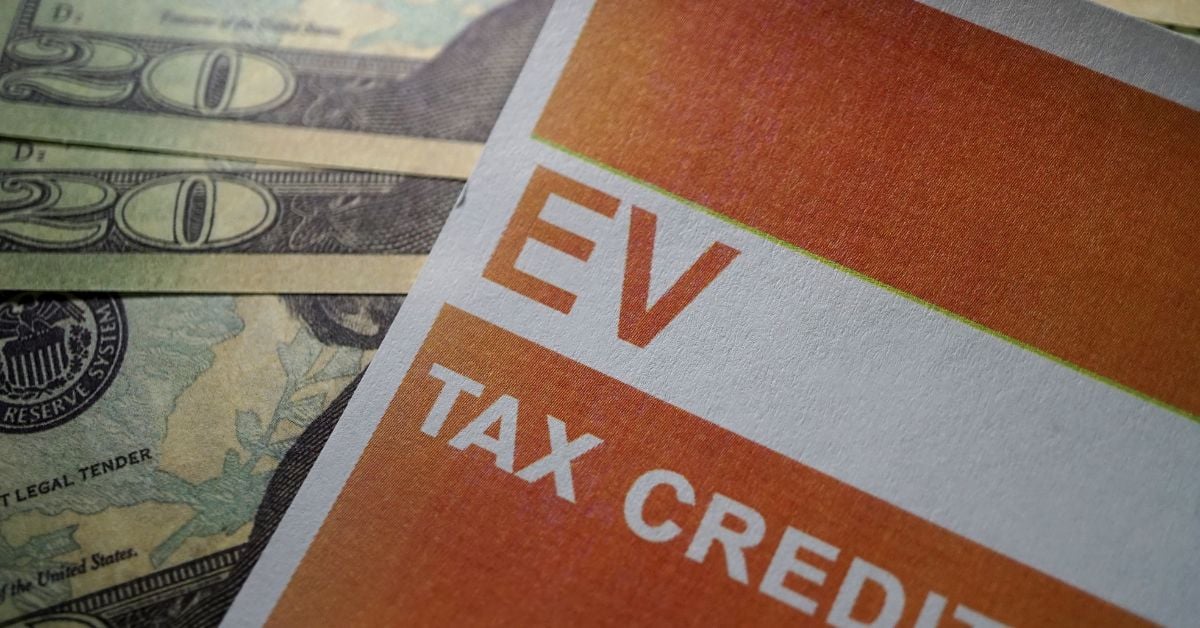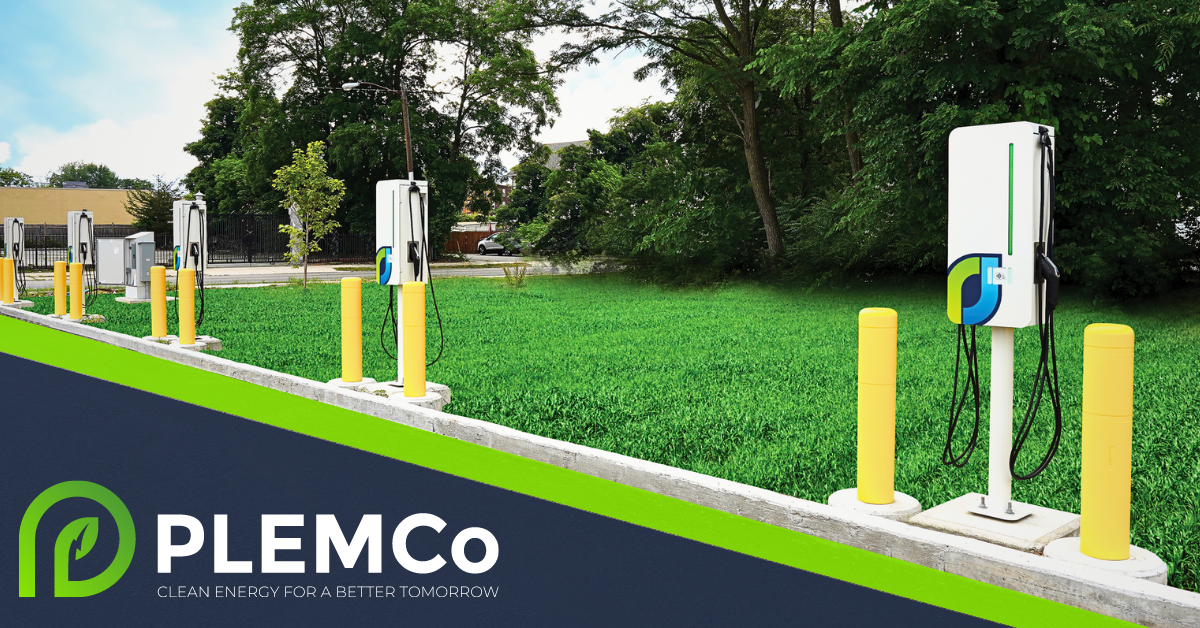Electric Vehicle Chargers for Business Owners
ev charging stations help the environment and attract ev drivers

As electric vehicles (EVs) continue to grow in popularity, the need for reliable and efficient EV charging solutions has become increasingly important. There are a variety of different types of EV charging solutions available, each with its own advantages and disadvantages. In this blog post, we will explore some of the different types of EV charging solutions and the benefits they offer.
Level 1 Charging Level 1 charging is the slowest and least expensive charging option, but it is also the least efficient. This type of charging is done using a standard 120-volt outlet and can take up to 20 hours to fully charge an EV. Level 1 charging is best suited for residential settings where vehicles are parked for extended periods.
Level 2 Charging Level 2 charging is faster and more efficient than Level 1 charging. It requires a dedicated 240-volt circuit and can fully charge an EV in 4-8 hours, depending on the vehicle's battery size. Level 2 charging is a good option for both residential and commercial settings, as it provides faster charging times without the high cost of Level 3 charging.
DC Fast Charging (Level 3) DC fast charging, also known as Level 3 charging, is the fastest and most expensive type of EV charging solution. It requires specialized equipment and can charge an EV to 80% in as little as 30 minutes. Level 3 charging is best suited for commercial settings, such as highway rest stops, where drivers need to quickly charge their vehicles and get back on the road.
Wireless Charging Wireless charging is a relatively new technology that eliminates the need for cords and cables. It uses an electromagnetic field to transfer energy between a charging pad on the ground and a receiver on the bottom of the vehicle. Wireless charging is still in the early stages of development and is not yet widely available, but it has the potential to revolutionize the EV charging experience.
Solar-Powered Charging Solar-powered charging is a sustainable and environmentally friendly option for EV charging. It uses solar panels to generate electricity, which is then stored in a battery and used to charge EVs. Solar-powered charging is an excellent option for remote locations where grid electricity is not available, and it helps to reduce the carbon footprint of EV charging.
In conclusion, there are a variety of different types of EV charging solutions available, each with its own benefits and drawbacks. Level 1 and Level 2 charging are best suited for residential and commercial settings, while Level 3 charging is best for high-traffic areas where drivers need to quickly charge their vehicles. Wireless and solar-powered charging are still in the early stages of development but have the potential to revolutionize the EV charging experience. As the popularity of electric vehicles continues to grow, it is important to consider the different types of EV charging solutions available and choose the one that best meets your needs.

ev charging stations help the environment and attract ev drivers

claiming federal EV tax credits

COMMERCIAL EV CHARGING OPPORTUNITIES